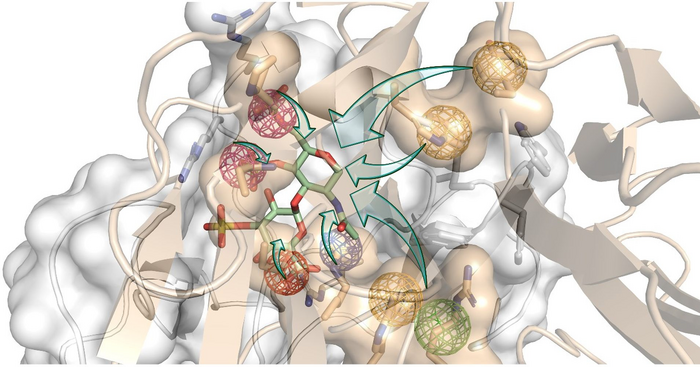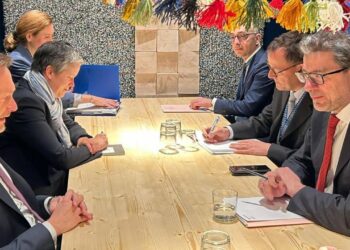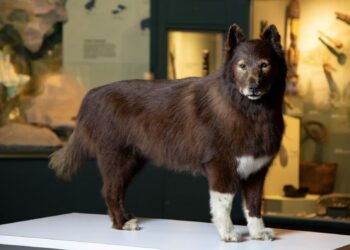Scientists design new Spiritech molecules mimic glycosaminoglycans to promote bone regeneration
With aging, the ability to regenerate bones decreases. Fractures take longer to heal, and diseases like osteoporosis only exacerbate the situation. This represents a major health challenge for the aging population and an increasing socio-economic burden on society. To combat this problem, researchers are looking for new therapeutic approaches that can improve bone regeneration. A team of scientists from Dresden used computer models and simulations to design new bio-inspired molecules to enhance bone regeneration in mice. The new molecules can be incorporated into biomaterials and applied topically to bone defects and are based on glycosaminoglycans, which are long-chain sugars such as hyaluronic acid or heparin.
A sweet fix for an old bone
“Thanks to the work of our group and other researchers, we know of a distinct molecular pathway that regulates bone formation and repair. In fact, we can narrow it down to two proteins that work together to block bone regeneration, sclerostin and dickkopf-1“, explains Prof. Lorenz Hofbauer, “The great challenge for developing drugs that improve bone healing is to effectively deactivate both of these proteins, which act as brake signals, at the same time.” An interdisciplinary approach was the key to this challenge. The Structural Bioinformatics group led by Prof. Maria Teresa Pisabarro at the Biotechnology Center (BIOTEC) of TU Dresden and the Functional Biomaterials group led by PD Dr. Vera Hintze at the Max Bergmann Center of Biomaterials (MBC), Institute of Materials Science at TU Dresden have combined their know-how with bone expert Prof. Lorenz Hofbauer at the Medical Faculty of TU Dresden. “For several years we have harnessed the power of computer simulations to study how proteins that regulate bone formation interact with their receptors. This was then used to design new molecules capable of effectively interfering with these interactions. We worked between the computer and the bench, designing new molecules and testing them, feeding the results with our molecular models and learning more about the molecular properties needed for our goal,” explains Prof. Pisabarro. Finally, Lorenz Hofbauer’s Bone Lab team used a biomaterial loaded with the new molecules on bone defects in mice to test its efficacy. The group found that the materials containing the new molecules outperformed the standard biomaterials and have improved bone healing by up to 50%, which indicates their potential to enhance their regeneration. Using computational methods to predict and refine the properties of the engineered molecules, the team was able to develop a set of candidates with the greatest potential for deactivating proteins that block bone regeneration. The experience of Pisabarro’s group has made it possible to thoroughly analyze the three-dimensional (3D) structures of the two proteins that block bone regeneration. In this way it was possible to model the interaction of the two proteins with their receptors in 3D and to identify the so-called hotspots, i.e. specific physicochemical and dynamic properties essential for biological interaction. The results of these iterative tests are a valuable asset that improves the Pisabarro group’s current molecular models and can be used to guide the development of new and better molecules in the future. This approach also ensures that animal research is kept to a minimum and only enters the project in its final stage.
On the road to drug development
The team’s findings represent an exciting step forward in preclinical development. The newly developed molecules could be used to deactivate proteins that block bone regeneration and lead to the development of new and more effective treatments for bone fractures and other conditions. The team continues to work together. “We are applying for funding for a preclinical study that will further develop the molecules and biomaterial-based bone booster to lay the foundation for human studies,” says Prof. Hofbauer. The research was supported by the German Research Foundation (DFG). The groups were part of the Transregio 67 research consortium “Functional biomaterials for the control of healing processes in bone and skin tissue – from material to clinic (subprojects A3, A7, A8, B2 and Z3 of Dresden/Leipzig-TRR67)”. For more than 12 years, the three partners have worked collaboratively with other groups in Germany to generate new knowledge on molecular mechanisms and develop techniques and the know-how needed to improve delayed bone regeneration.






